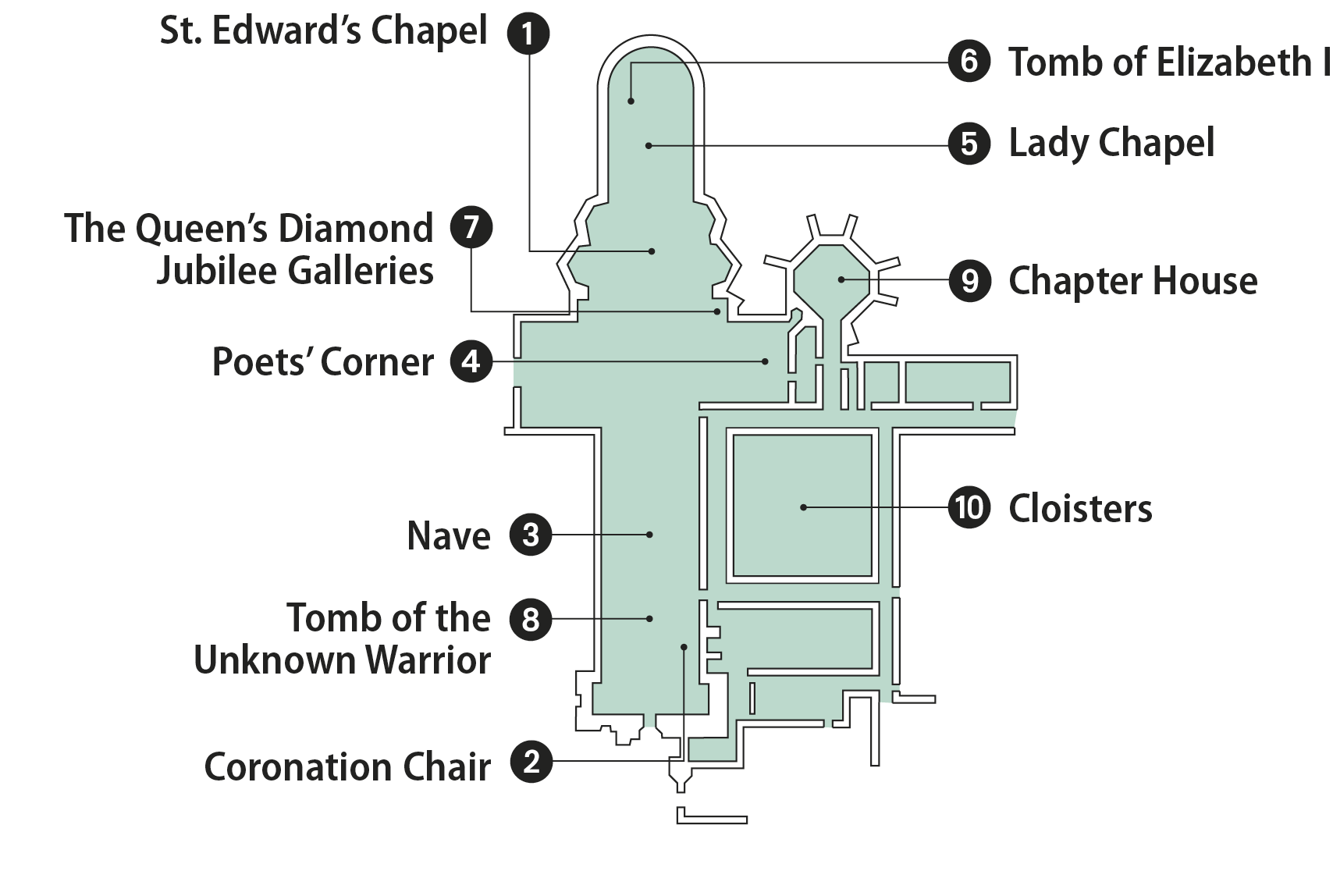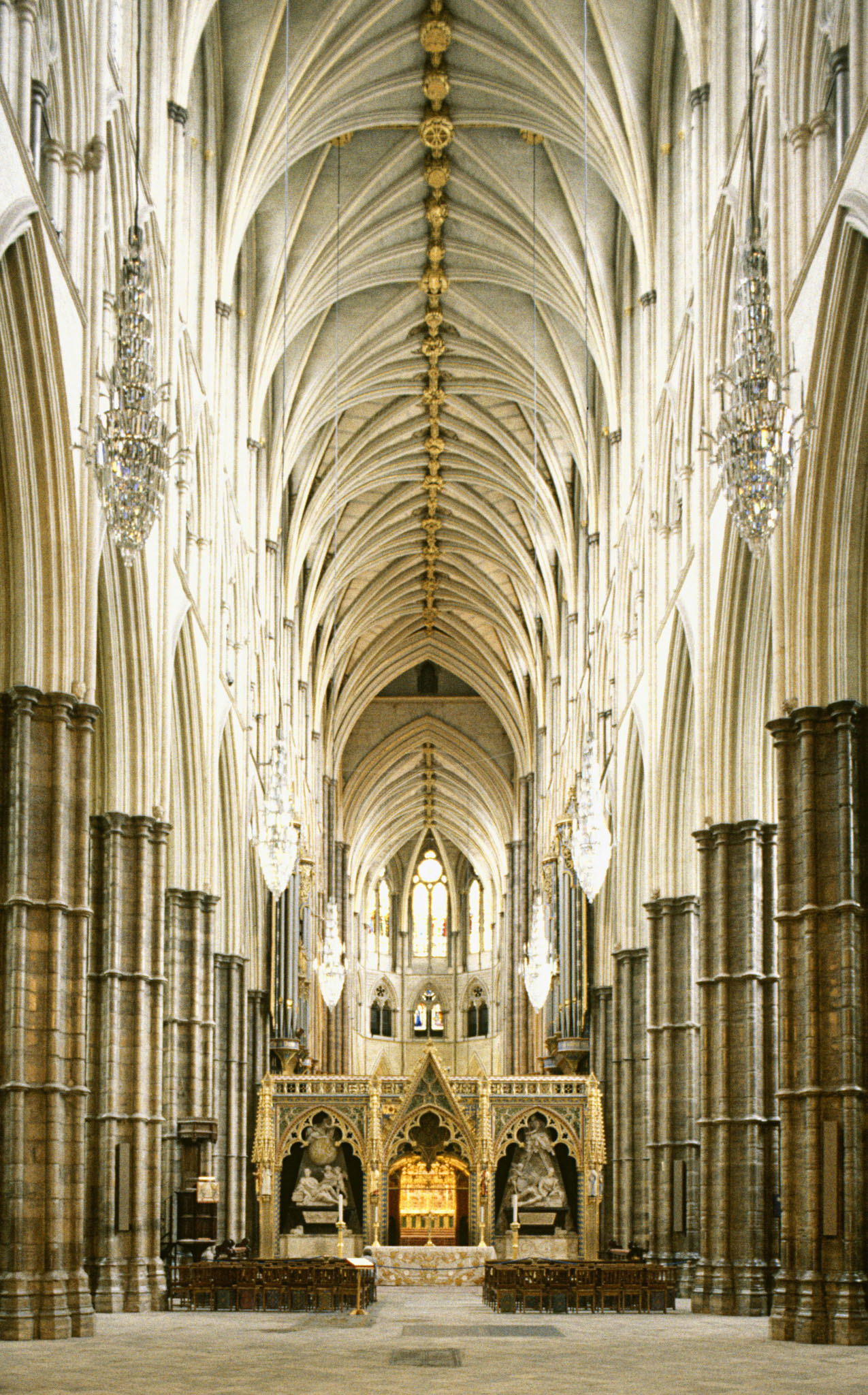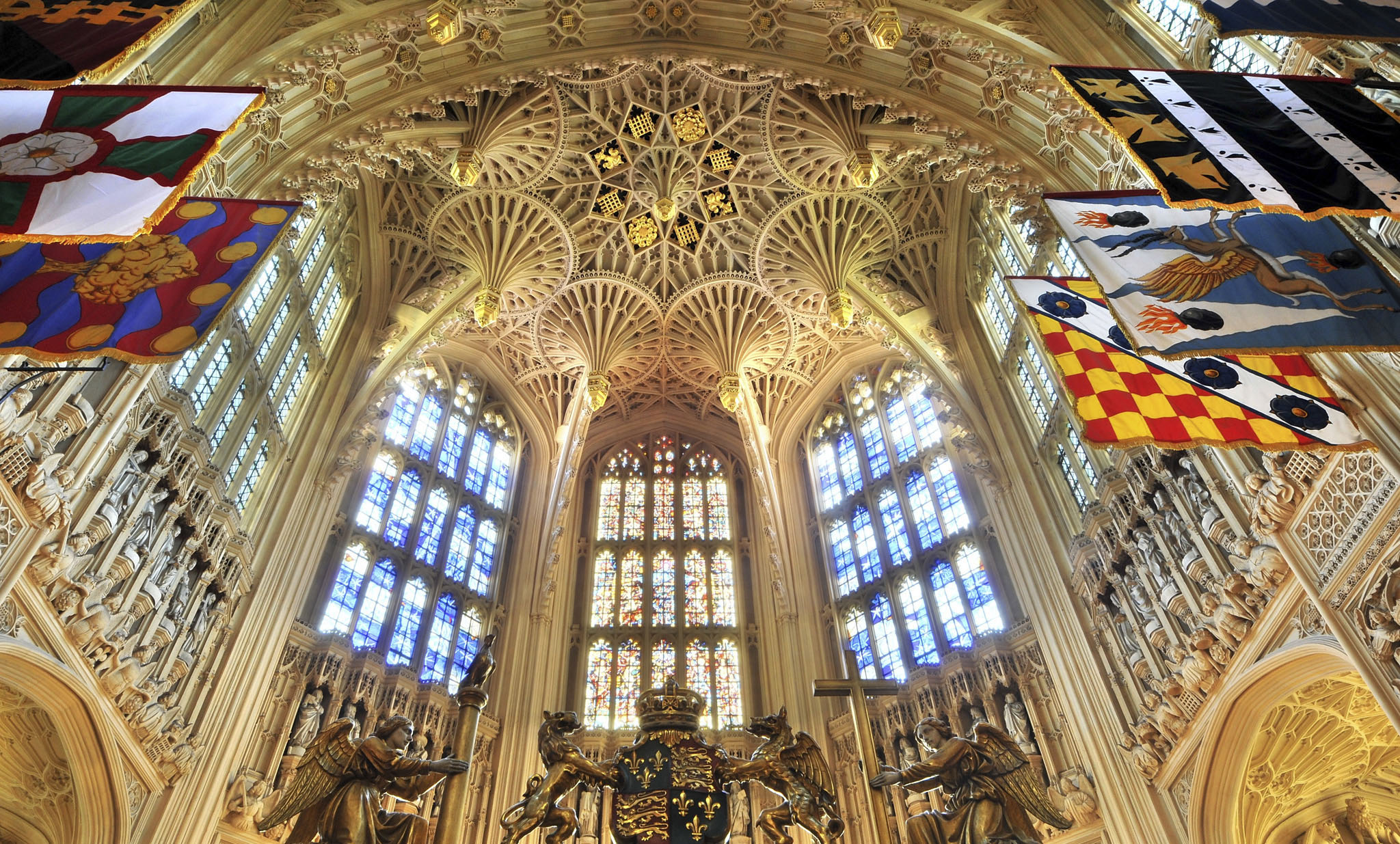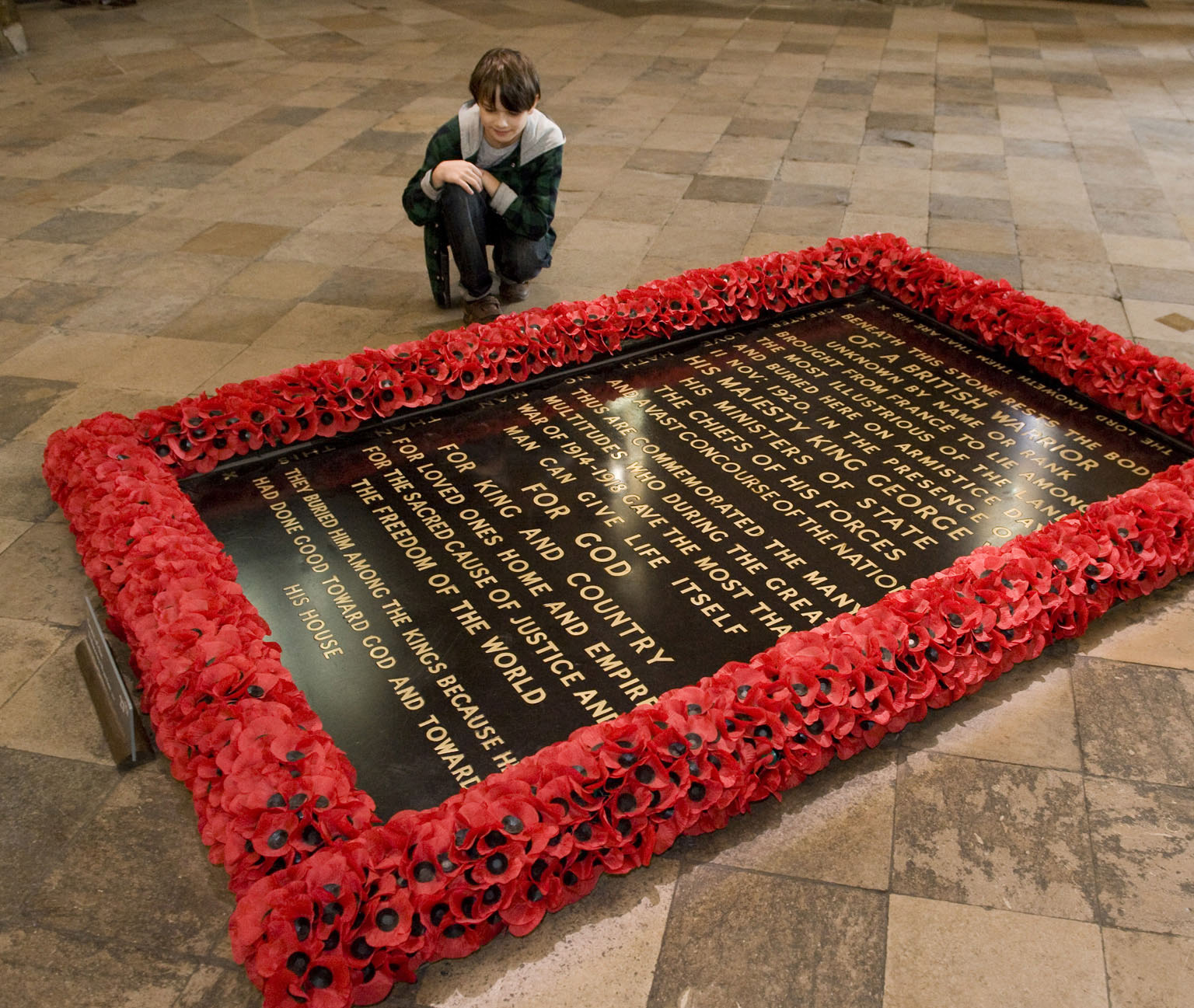
WESTMINSTER ABBEY
A glorious example of medieval architecture on a truly grand scale, this former Benedictine abbey church stands on the south side of Parliament Square. Founded in the 11th century by Edward the Confessor, it survived the Reformation and continued as a place of royal ceremonials. Queen Elizabeth II’s coronation was held here in 1953 and Princess Diana’s funeral in 1997. It was also the chosen venue for the wedding of Prince William to Catherine Middleton in April 2011.
NEED TO KNOW
![]() 20 Dean’s Yard SW1 • 020 7222 5152 • www.westminster-abbey.org • Guided tours available • Adm adults $29; reduced $22; children 6–16 $12 (under 6 free); for family tickets see website
20 Dean’s Yard SW1 • 020 7222 5152 • www.westminster-abbey.org • Guided tours available • Adm adults $29; reduced $22; children 6–16 $12 (under 6 free); for family tickets see website
![]() Abbey: 9:30am–3:30pm Mon–Fri, 4:30–6pm Wed, 9am–1pm Sat, Sun for worship only
Abbey: 9:30am–3:30pm Mon–Fri, 4:30–6pm Wed, 9am–1pm Sat, Sun for worship only
![]() Cellarium Café and Terrace: 8am–6pm Mon–Fri, 9am–5pm Sat, 10am–4pm Sun
Cellarium Café and Terrace: 8am–6pm Mon–Fri, 9am–5pm Sat, 10am–4pm Sun
![]() Pyx Chamber and Chapter House: 10am–4:30pm Mon–Fri (till 4pm Sat)
Pyx Chamber and Chapter House: 10am–4:30pm Mon–Fri (till 4pm Sat)
- Hear the choir sing at 5pm weekdays except Wednesday, 3pm on Saturdays and at Sunday services.
- Listen to free organ recitals at 5:45pm every Sunday.

Abbey Floor Plan
1. St. Edward’s Chapel
The shrine of Edward the Confessor (1003–66), last of the Anglo-Saxon kings, lies at the heart of Westminster Abbey. He built London’s first royal palace at Westminster, and founded the present abbey on the site.
2. Coronation Chair
This chair was made in 1301 for Edward I. It is placed in front of the high-altar screen on the 13th-century mosaic pavement when used for coronations.

Coronation Chair
3. Nave
At 102 ft (32 m), this is among the tallest Gothic naves in England and took 150 years to build. Designed by the great 14th-century architect Henry Yevele, it is supported externally by flying buttresses.

Nave
4. Poets’ Corner
This corner of the transept contains memorials to literary giants, including Shakespeare and Dickens.
5. Lady Chapel
The spectacular fan vaulting above the nave of this eastern addition to the church is late Perpendicular in style. Built for Henry VII (1457–1509), it includes two side aisles and five smaller chapels and is the home of the Order of the Bath.

Lady Chapel
6. Tomb of Elizabeth I
England’s great Protestant queen (1553–1603) is buried in a huge marble tomb complete with a recumbent effigy on one side of the Lady Chapel. The tomb of her Catholic rival and first cousin once removed, Mary Queen of Scots (beheaded in 1587), is on the other side of the chapel. Mary’s remains were brought to the abbey by James I in 1612.
7. The Queen’s Diamond Jubilee Galleries
These grand galleries in the Abbey’s medieval triforium display treasures reflecting its history. The triforium offers arresting views to the Houses of Parliament and into the church. Access to the galleries is via the Weston Tower by a spiral staircase or elevator.
8. Tomb of the Unknown Warrior
The body of an unknown soldier from the battlefields of World War I was buried here in 1920. His grave represents all those who have lost their lives in war.

Tomb of the Unknown Warrior
9. Chapter House
This octagonal building with a 13th-century tiled floor is one of the largest in England and is where the abbey’s monks once gathered. The House of Commons met here between 1257 and 1542. Run by the abbey, it can also be reached via Dean’s Yard.
10. Cloisters
The cloisters were located at the heart of the former Benedictine monastery and would have been the monastery’s busiest area. On the east side are the only remaining parts of the Norman church, the Undercroft and the Pyx Chamber, where coinage was tested in medieval times.
ABBEY HISTORY
A Benedictine monastery was established by St. Dunstan (CE 909–988) on what was the marshy Isle of Thorney. King Edward the Confessor re-endowed the monastery, and founded the present church in 1065. William the Conqueror was crowned here in 1066. Henry III’s architect Henry of Reyns rebuilt much of the church in 1245. The nave was completed in 1376. The eastern end of the church was extended by Henry VII, who had the Lady Chapel built. Finally, in 1734–45, the twin towers on the west front were completed by Nicholas Hawksmoor.
